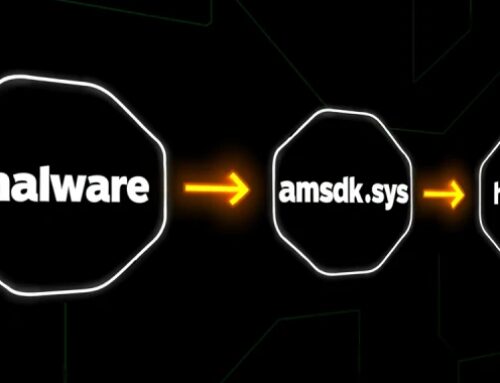In recent years, the emergence of artificial intelligence (AI) has transformed various industries, optimizing processes and enabling deeper insights through advanced data analysis. One sector experiencing a significant evolution due to AI is Security Operations (SecOps). As organizations grapple with an increasing number of cyber threats, the question arises: can AI replace human analysts in the realm of cybersecurity? This article delves into the potential and limitations of AI in SecOps, highlighting the interplay between automated and human elements in maintaining robust security postures.
The Rise of AI in SecOps
Cybersecurity has always been a domain where speed and efficiency are crucial. Traditional security measures often struggle to keep pace with the rapid evolution of threats, leaving organizations vulnerable. To counter this, many enterprises are turning to AI-powered security solutions that can process vast amounts of data in real-time, identify patterns, and derive actionable insights.
AI tools can automate repetitive tasks such as log analysis, threat detection, and incident response. Machine learning algorithms can analyze historical data to recognize abnormal behaviors, providing early warning signs for potential breaches. As a result, security teams can allocate their resources more effectively, focusing on strategic response efforts rather than mundane monitoring tasks.
The Capabilities of AI
1. Enhanced Threat Detection
AI can sift through enormous datasets quickly, identifying anomalies that may indicate a cyber threat. Through techniques like anomaly detection and predictive analytics, AI systems can learn from existing data, continuously improving their ability to recognize known and novel threats. This capability not only improves detection rates but also reduces false positives, allowing human analysts to focus on genuine threats.
2. Automated Incident Response
In scenarios where speed is paramount, AI can take immediate action based on predefined rules and learned behaviors. For instance, when a security breach is detected, AI systems can automatically isolate affected systems, block malicious IPs, and deploy countermeasures. Such automation can help mitigate damage while human teams assess the situation and respond strategically.
3. Continuous Learning
Unlike traditional systems that operate on static rules, AI models can adapt through machine learning. As they encounter new data — both benign and malicious — they can refine their algorithms, enhancing their accuracy over time. This continuous learning enables AI to stay ahead of evolving threats and adapt to changing attack patterns.
The Limitations of AI
While the potential of AI in SecOps is substantial, it is not without its limitations. Understanding these constraints is crucial for organizations looking to integrate AI into their security frameworks.
1. Lack of Contextual Understanding
AI systems can identify patterns but may lack the contextual awareness that human analysts possess. Cybersecurity problems are often nuanced, requiring a deep understanding of business operations, user behavior, and potential impact assessments. Humans can draw on their experience, intuition, and ethical considerations to make nuanced decisions that AI may not be equipped to handle.
2. Dependence on Data Quality
AI’s effectiveness is contingent upon the quality and amount of data it is trained on. Poor data quality can lead to inaccurate predictions and a high rate of false positives. If AI models are not regularly updated with new threat intelligence, they risk becoming outdated and ineffective.
3. The Human Element of Trust and Ethics
AI systems can introduce certain biases based on their training data. If not properly monitored, they may inadvertently amplify these biases, leading to skewed results. Human oversight is essential to ensure that ethical considerations are integrated into AI decision-making processes, especially when it comes to privacy and security implications.
The Future: Collaboration Between AI and Human Analysts
The consensus among cybersecurity experts is that AI will not replace human analysts but rather enhance their capabilities. The future of SecOps is likely to see a collaborative model where AI and human intelligence coexist harmoniously:
-
Augmented Decision-Making: AI can provide analysts with enriched data insights and streamlined workflows, enabling them to make informed decisions more efficiently.
-
Focus on Strategy: With routine tasks automated, human analysts can concentrate on strategic initiatives, such as developing security policies, threat hunting, and user training programs.
- Continuous Improvement: Human analysts can provide feedback to AI systems to help improve their algorithms, ensuring they adapt effectively to emerging threats.
Conclusion
As cybersecurity threats become increasingly sophisticated, the integration of AI in SecOps presents both opportunities and challenges. While AI offers powerful tools for threat detection and incident response, the unique insights and contextual understanding of human analysts remain irreplaceable. The future lies in a synergistic relationship where the strengths of both AI and human intelligence can be leveraged to create more resilient security infrastructures. Embracing this collaboration will not only enhance security response times but also foster a security culture that adapts rapidly to evolving threats, ensuring a more robust defense in an automated world.




Deixe o seu comentário